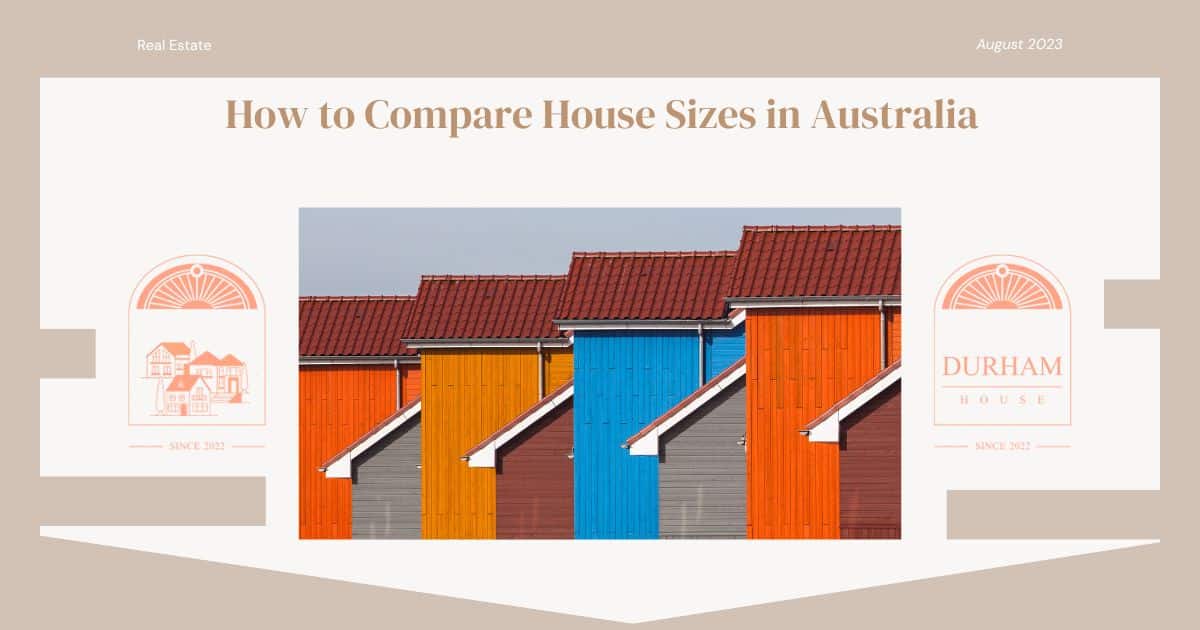When it comes to flooring and decking, there are plenty of options these days. You can go for natural wood with its classic charm, or pick up some composite timber for its strengths beyond the traditional. A lot will come down to the style and purpose of your build. So how do you know which one to choose? In this article, we’ll take a deep dive into the world of wood and help you to make that decision.
The Real Deal
Solid timber has obvious appeal, right off-the-bat. Natural wood has a warmth to it that can’t easily be replicated. Real wood was the only option until about 1990, when composite options started to come out. There are prod and cons for both options, but there are definitely some real reasons for going after the real stuff that should be kept in mind.
Styling
If you’re after a rustic feel, real timber wins hands-down, every time. The look of natural timber will grow with your house, changing slightly in colour as it ages. This can go really well in a farmhouse-styled cottage or even if you’re into the industrial style.
Property Value
If you’re planning on doing up a place to sell in the future, natural wood might also be a better bet. This style of flooring and decking gives a more prestigious and traditional feel to houses, and can appeal to a broader audience of prospective buyers. This is even more relevant to older buyers that you’re likely to find in the market, as many of them think of the low quality early versions of composite flooring when seeing it in houses.
Composite Options
Composite timber has come leaps and bounds from its early days in the 90s. When composite timber first came out, it had a reputation for looking a little cheap and fake. This is now no longer the case. It’s a hugely versatile option that comes with low maintenance and a whole host of colour and style options.
A Modern Look
If you’re after something durable that you only really need to lay down and forget about, you can get composite timber in pretty much any colour and style, and access to certain designs is generally not limited to local timber supplies. Composite timbers lend themselves well to modern and even industrial design choices, with much cooler and more muted colour options available, rather than the more rustic warmth associated with more traditional timber.
Set and Forget
Composite is a great option if you want to get your flooring or decking down and just be done with it. Most of it these days includes a UV protective coating to stop fading, and you don’t have to think about buffing it back. If you’re not a fan of revarnishing every few years, this is the option for you.
Pros and Cons Face-to-Face
If you’re still stuck on choosing between real wood and composite timber, we’ll try to break it down a little bit more. Wood is always going to have a certain charm to it, but it also comes with a fair bit of maintenance to keep it in top condition. The colour of wood can change over time as it weathers too, usually darkening. For some of us, this is a great boon, but for other styles, it doesn’t fit quite as well. Wood is also softer than most composite, meaning that dents and scratches can accumulate over time. This weathered look can be fantastic if you’re going for a cottage vibe, but it’s less cute in a modern apartment.
Composite has come leaps and bounds in the last few decades. In most cases you could get away with thinking it’s real timber if you choose the right style, but I don’t think it will ever perfectly replicate the original. However, if you want something that is robust and low maintenance, composite is for you. It will much more readily withstand a house full of kids or a busy kitchen environment. The older styles of composite used to have issues with water causing swelling, but that’s mostly a thing of the past now. Discover the best waterproof laminates in Australia – perfect for Victoria’s diverse climate. Transform your space with durable, stylish flooring that stands up to moisture and spills. Ultimately, the choice is going to come down to what you need from your floors and your personal taste, but we hope that this article has been a great guide to the choice that will fit your lifestyle best.
Summary
Choosing between solid timber and composite timber for flooring and decking involves weighing the charm and maintenance of real wood against the durability and low upkeep of composites. This article offers insights into both options, aiding your decision based on personal style and practical needs.





